Transverberation of Saint Teresa of Avila
Terracotta finished with stick, 40 x 30 cm
Lower right inscription “… Carm. Scalz ... "
Catholic mysticism describes transverberation as piercing the heart with a dart, arrow or spear, executed by Christ or by one of his emissary angels; Latin transverberare, "Break through", explains its sudden and impetuous modality, to such an extent that the event has been taken up by Christian literature as an assault by the Seraphim, already in himself ardent in the love of Christ, or wounded by love An emblematic episode seems to be that narrated by Saint Teresa of Avila in her own memories, raised in artistic iconography as the first model of the representation of a moment so intimately and spiritually unfathomable; of all, the image invented by Gian Lorenzo Bernini for the Cornaro Chapel of Santa Maria della Vittoria in Rome (1645) won the highest distinction.The work was translated into marble and gilded bronze, limited to the divine rays radiated from heaven, and conceived as the point of support of the aedicule which shelters it , almost as if it were a theatrical proscenium, and the praying portraits of members of the Cornaro family were placed in boxes of an opera barcaccia. This concept of perspective served to better direct the attention of the viewer, loading the emotional weight of the sculpture, in accordance with the spectacular Baroque diktats of Rome of Urban VIII Barberini (1623-44), Innocenzo X Pamphilj (1644 -55) and Alexander VII Chigi (1655-66). Hailing from the city of Avila, Spain, the life of Saint Teresa took place just a century before the Bernini group - possibly deriving from the Apparition of Christ to Santa Margherita da Cortona by Giovanni Lanfranco (1622), commissioned by Ferdinand II for the church of Santa Maria Nuova in Cortona and today in the collections of Palazzo Pitti. The precocious reading, in the company of her brother Rodrigo, of the Acta Martyrum led Teresa, young girl, to reject the splendor which assured her the nobility of the family and to seek dangerously death in the ranks of the infidel Moors, in order to meet immediately Jesus Scampatane thanks to the intervention of the family, he decides to retire to live in the garden of the house, in a small cell which already foreshadows his dedication to the hermitage. Once grown up, Thérèse retired to the Monastery of the Incarnation on Mount Carmel (Avila), thus joining the Spanish Carmelite Order; afterwards, a serious illness attracted him to the paternal home. A timely vision brought her to her senses, convincing her to reform both male and female Carmelite monasteries; he approached Giovanni della Croce and in 1562 founded San Giuseppe, the first reformed monastery. Thérèse was elected “mother of the spiritual”, that is to say of those who sought union with God, then proclaimed a saint (1622) and doctor of the Church (1970). In the terracotta, patiently finished like a stick in the deep drape of the coats of the figures and in the swirling clouds which bring the angels to the ground, are represented two divine angels who rushed to the touch of the dart as well as the head of the dart. 'a little cherub on the still high clouds. The figurative instant can be doubly understood as the instant immediately preceding the piercing, in which the saint welcomes with ecstasy the divine gift, aided by the second angel who receives the emotion, on the escort of Bernini, or the instant next, in which the arrow will retreat and the saint does not resist the supernatural majesty. The work has an inscription on the lower right edge, which with the word CARM. SCAL refers to the Order of Discalced Carmelites, derived from the aforementioned reform of the Order of Carmelites (1562) promoted by Saint Teresa. Jacopo Palma the Younger (1549-1628) had painted a Saint Teresa for the Romanesque church of San Pancrazio fuori le mura in which, as today, two angels appear with adult features and Christ himself, from which stand deploy divine rays. Later, the Flemish Guglielmo Borremans (1672-1744) renewed this iconography, painting in 1772 an excited Saint Teresa for the church of Santa Teresa alla Kalsa.


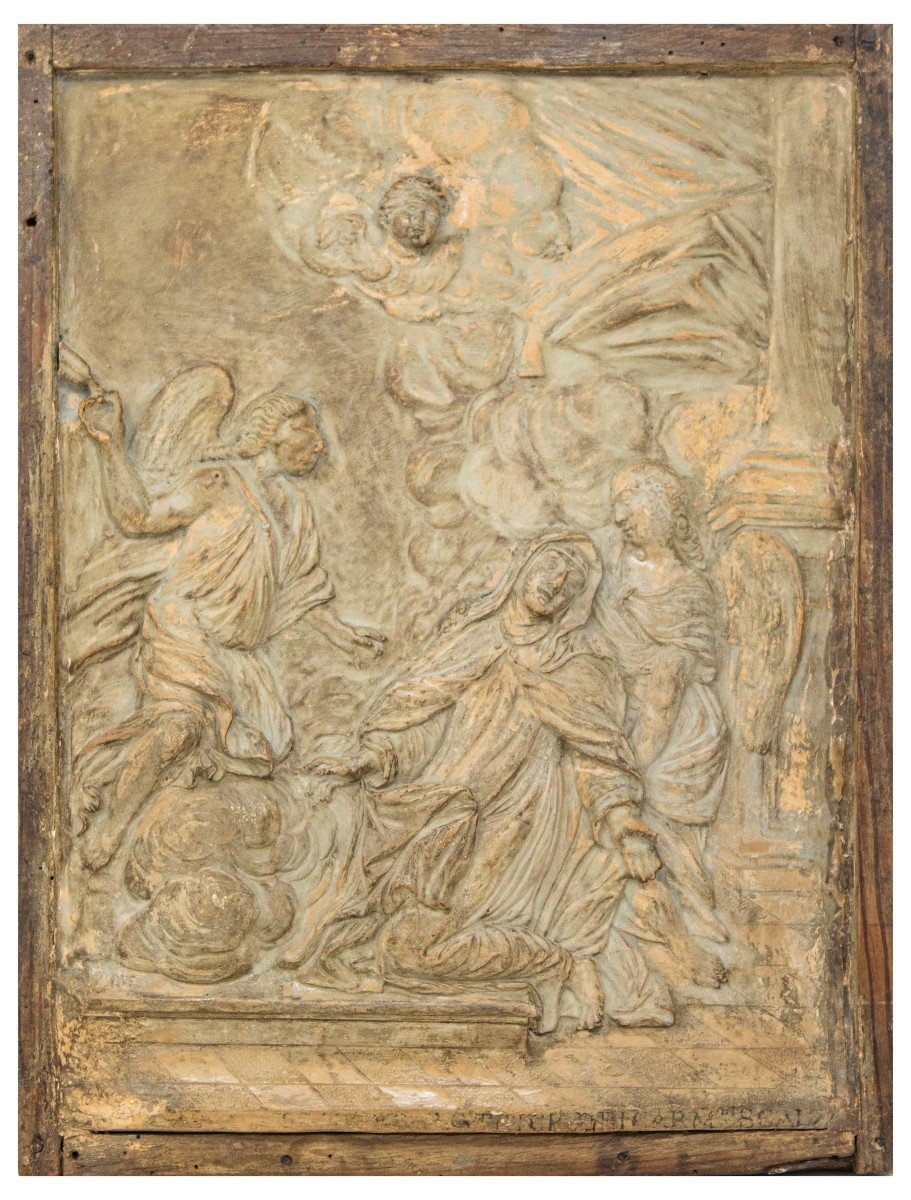
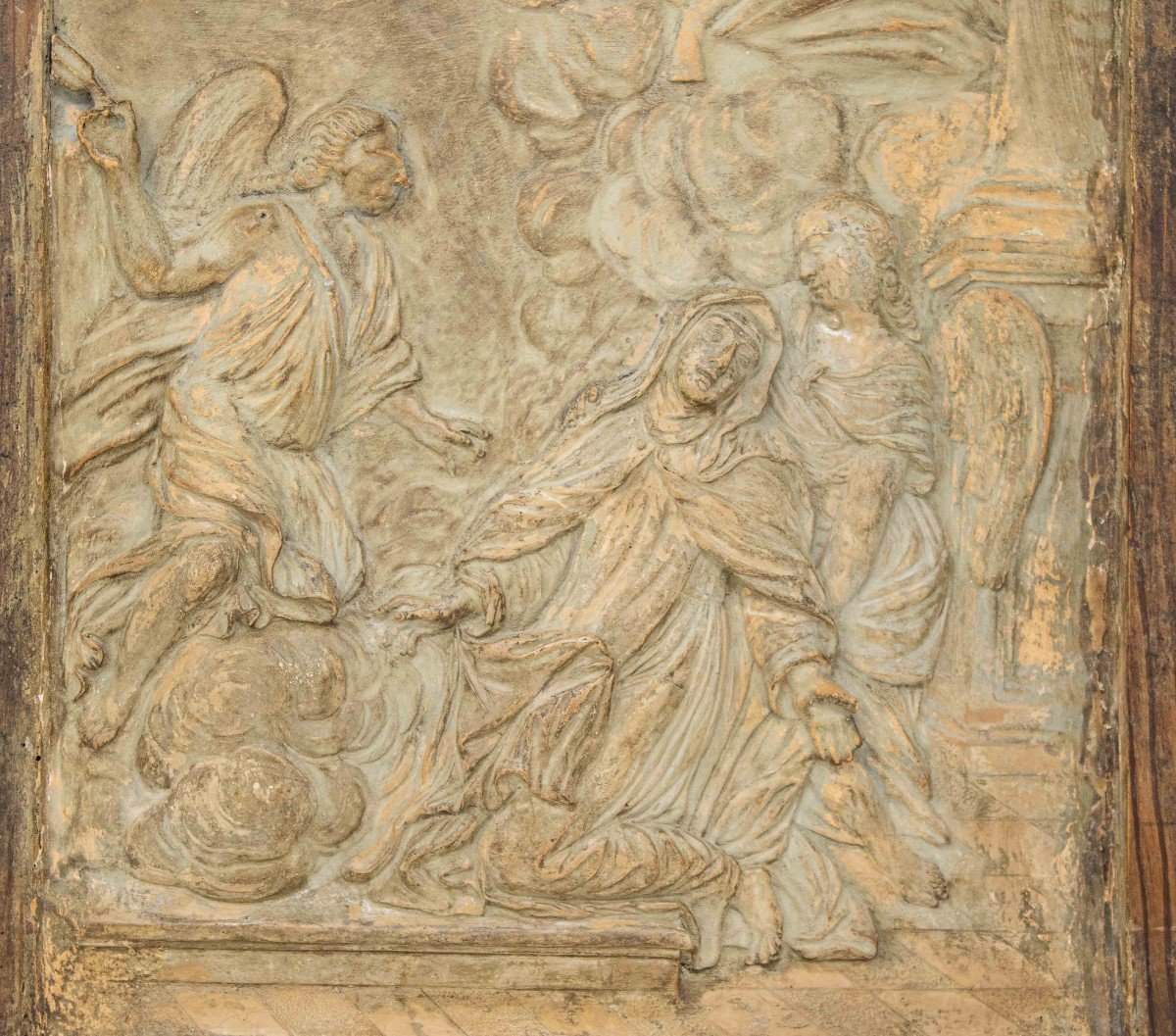
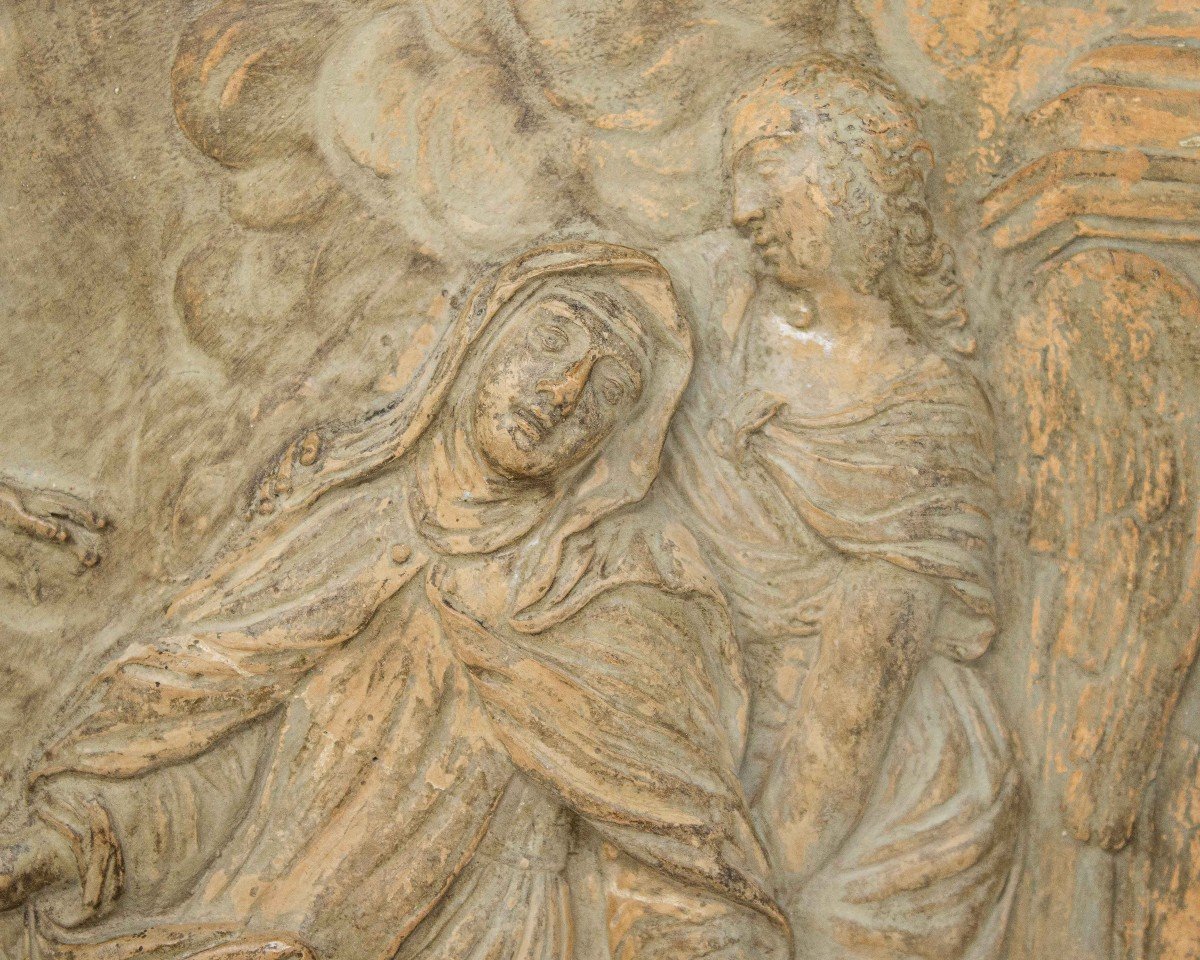
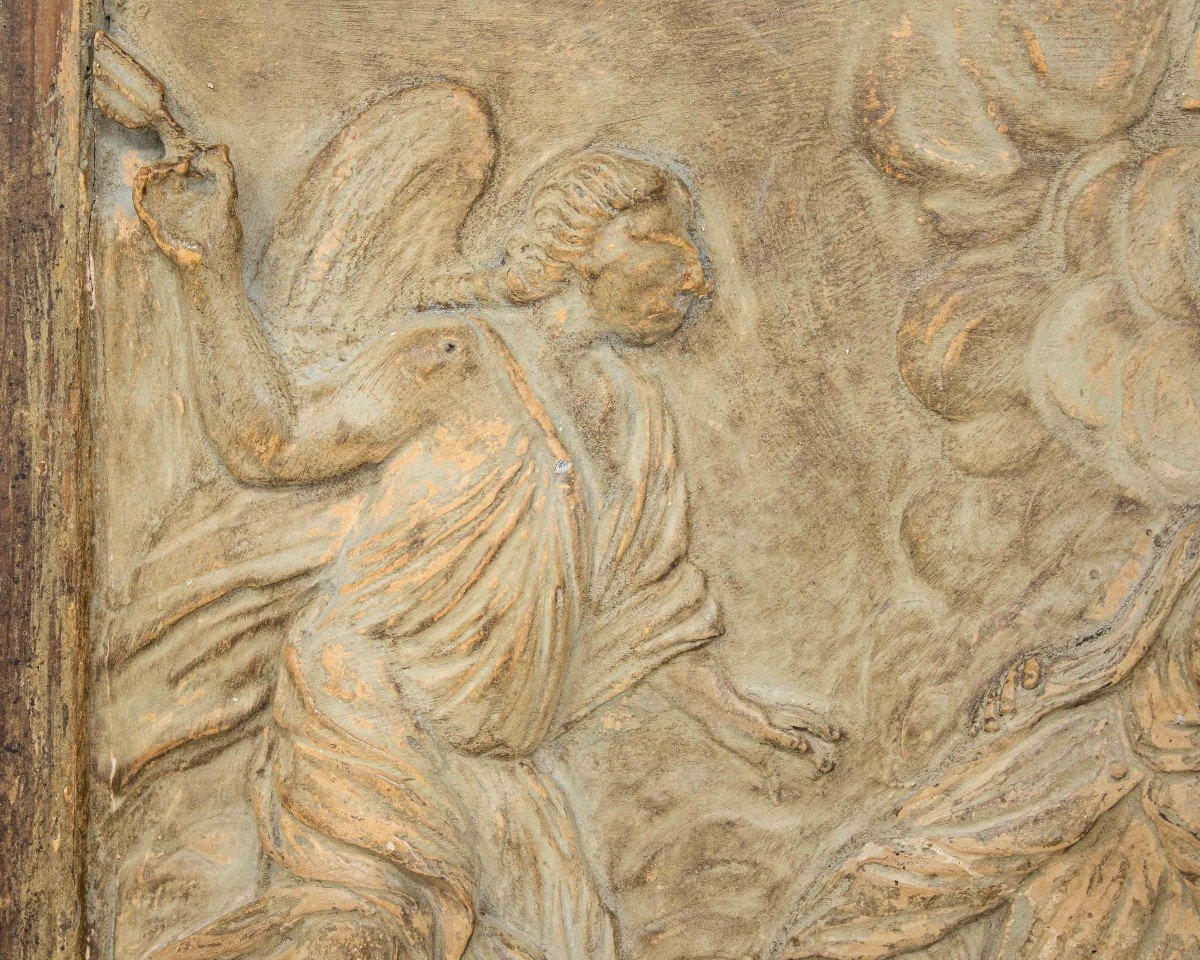
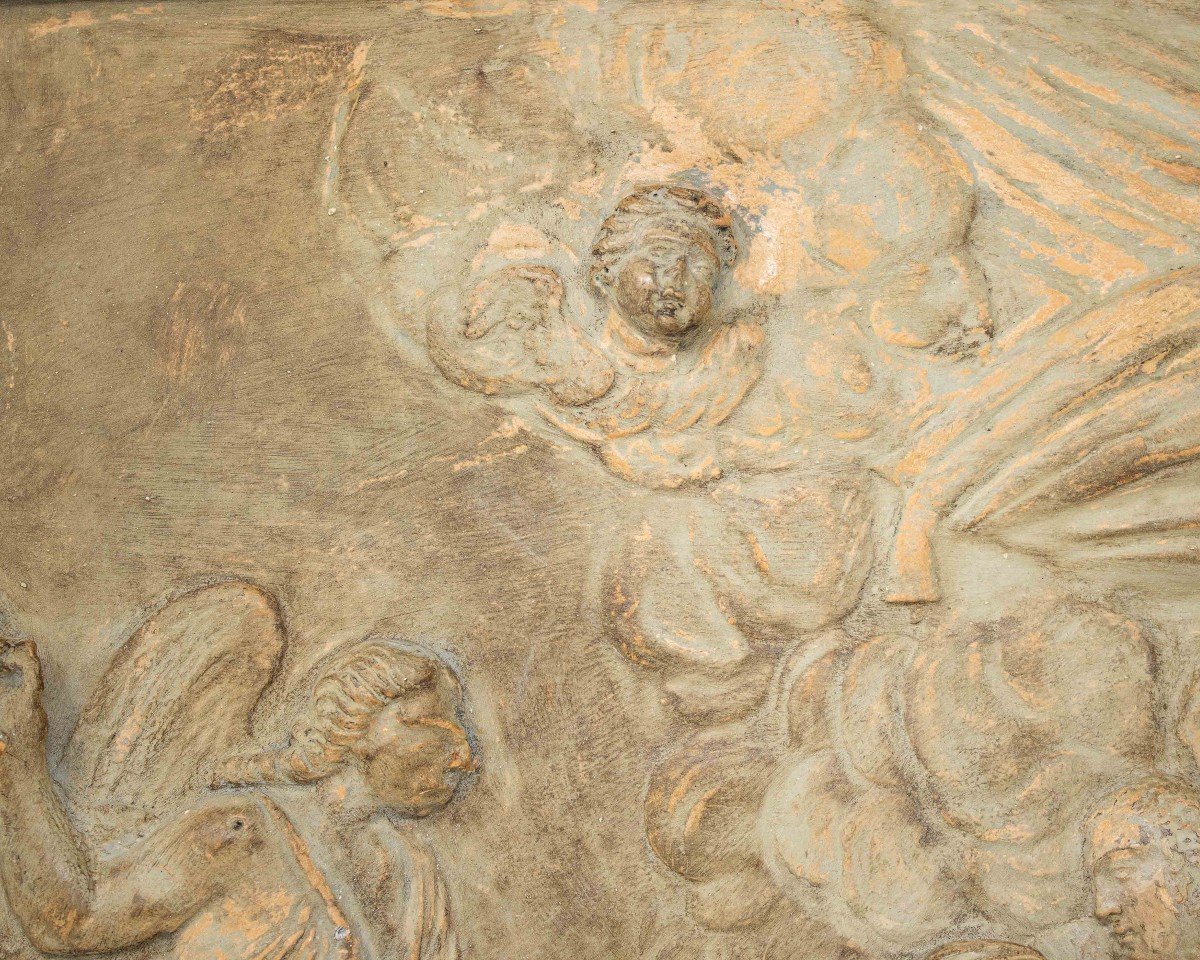
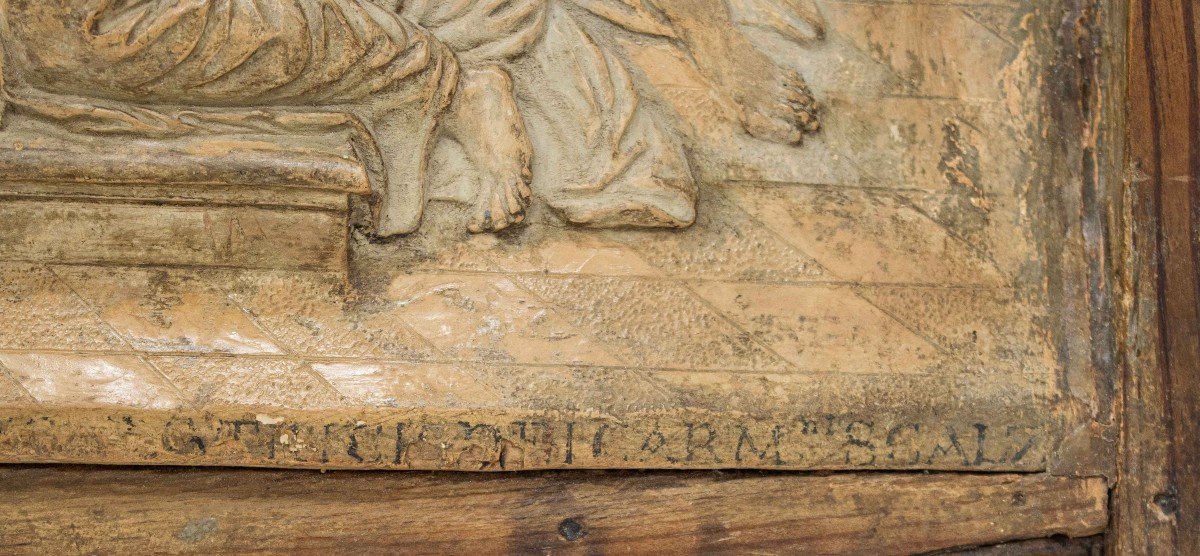
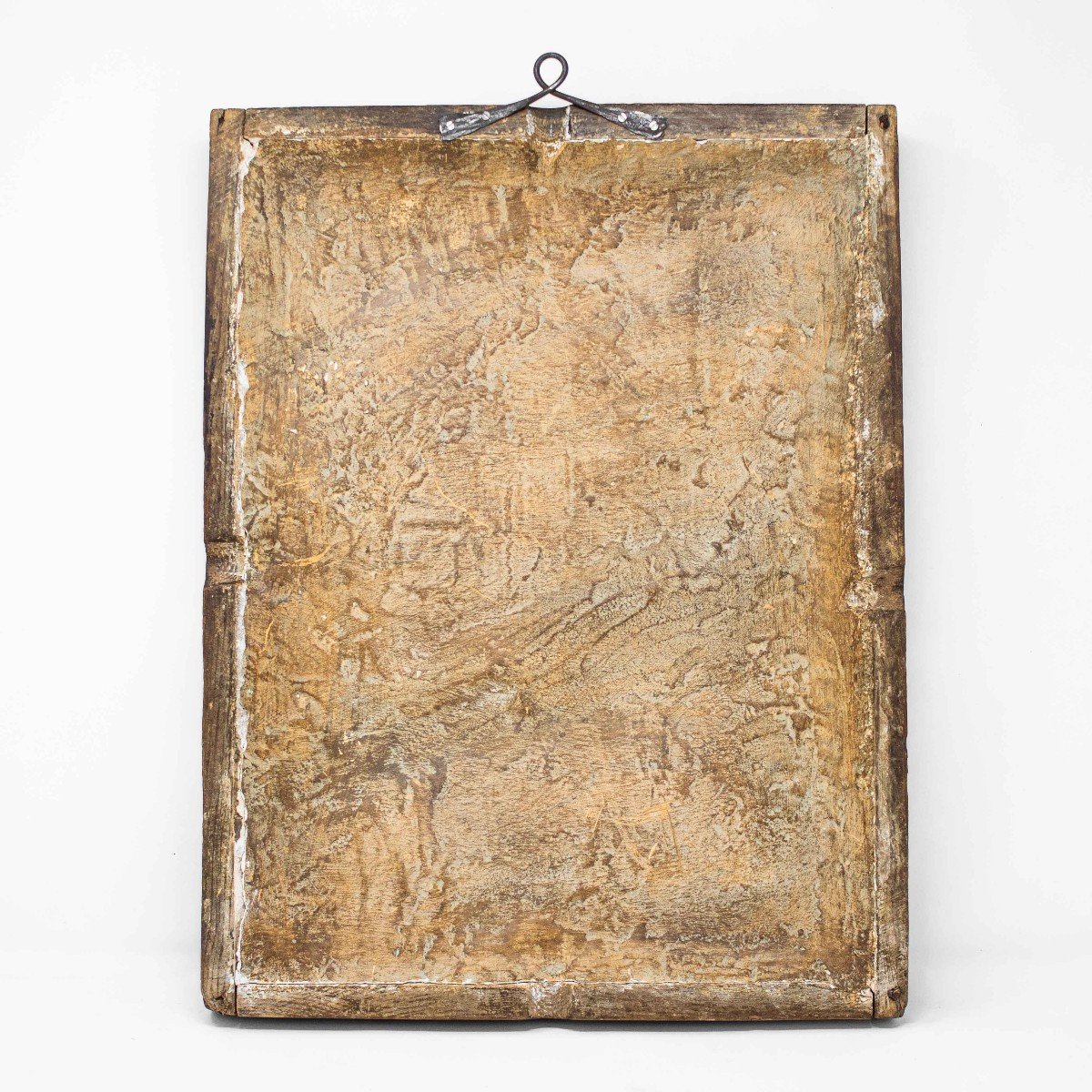








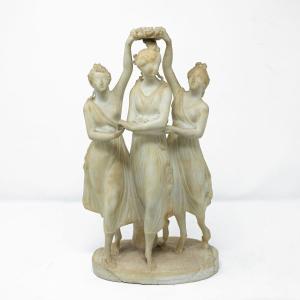



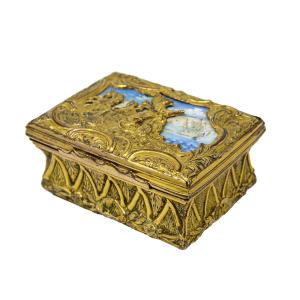




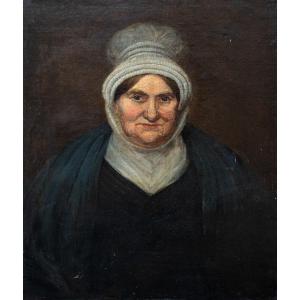


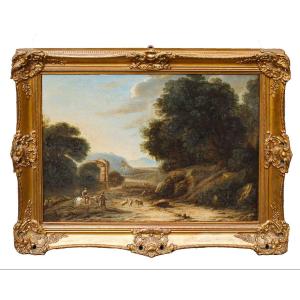




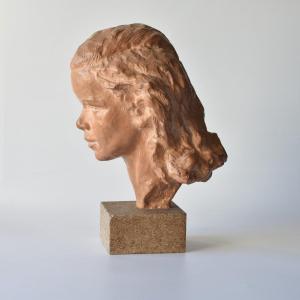





 Le Magazine de PROANTIC
Le Magazine de PROANTIC TRÉSORS Magazine
TRÉSORS Magazine Rivista Artiquariato
Rivista Artiquariato